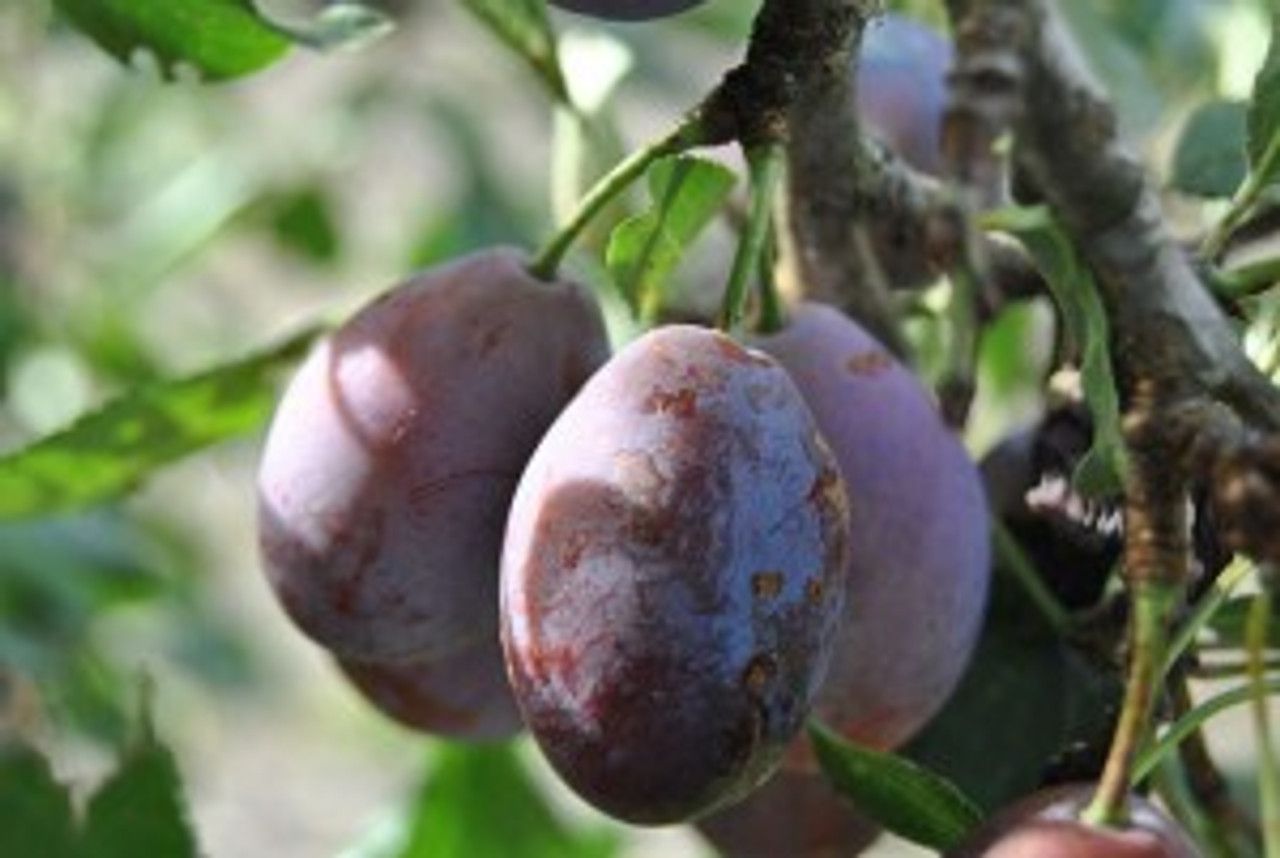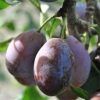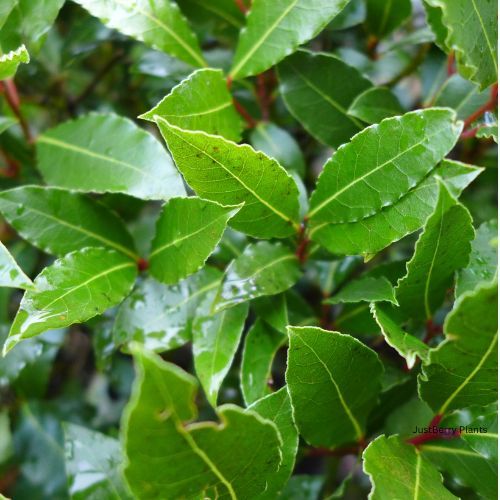Position
Your prune tree will flourish in a spot that gets full sun and is sheltered from strong winds. It is tolerant of some frost but will suffer in extreme conditions. Plant your trees at least 4m apart.
Size
Prune trees can grow to a height of about 5 metres.
Soil Type
These trees prefer well-draining soil with a pH range of 5.5 to 6.5. Add a bag of acid compost to the hole to lower the pH and create optimal conditions. Dig a nice deep hole of 0.5 to 1 metre and place some bone meal at the bottom. Then, plant your prune tree and water it well.
Watering
After transplanting your tree, please give it a thorough soak and check the soil every second day to ensure it remains moist. After about a week, reduce your watering to once a week in winter. Provide plenty of water during hot, dry summer weather.
Mulching
Place a thick layer of pine bark mulch around the tree to help with water retention and weed prevention. As it decomposes, it will maintain the soil acidity. Be careful not to let it touch the trunk, which may cause it to rot or become infected. Lay down mulch around your tree every 3 to 4 months.
Fertilising
You can use well-aged manure as a fertilizer for the first year or 2. Or apply one teaspoon every 4-5 months of our slow-release all-plant fertiliser. The roots will absorb what they need.
Pruning
Pruning creates a healthy tree and increases fruit yield. Prune any shoots that emerge from the ground in the spring and summer, and keep the center of the tree open to provide air circulation and allow sunlight in. Prune any non-fruiting, sagging, or deformed branches as needed.
Pests and Diseases
Use preventative measures by spraying regularly with agricultural Neem Oil or Effective Microorganisms (EM Control)
Harvesting
Your fruit should be ready to pick from January to March, when the skin is purple and the greenish-yellow flesh is firm but offers some give when pressed.






